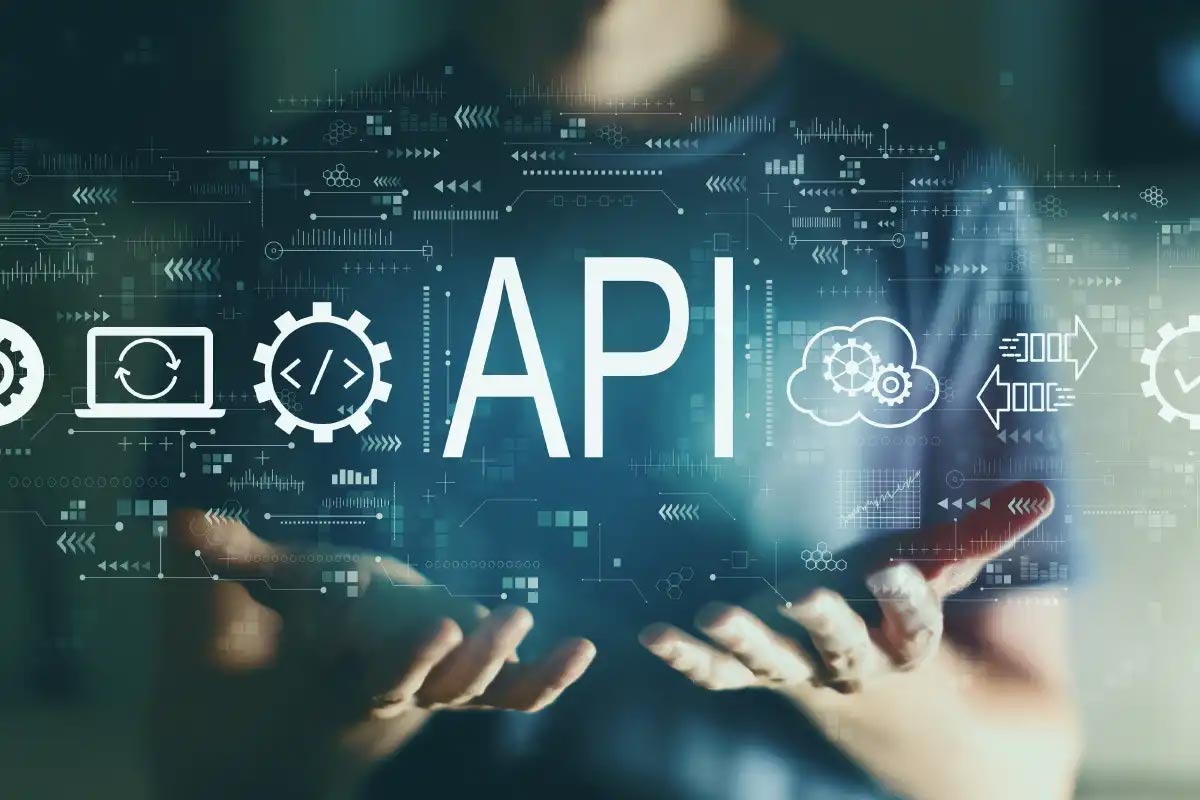
Please note that this certification has been deprecated by MuleSoft.
As MuleSoft partners, in IO Connect Services we care about constant education and certification for all its employees. In late January I presented and passed the exam for the MuleSoft Certified Developer - API Design Associate certification. MuleSoft recommends the Anypoint Platform: API Design course, which costs $1500 USD for 2 days. Here I’m sharing my findings that helped me to pass this exam.
It all starts with what is covered in the exam. As you may know by now, MuleSoft publishes a preparation guide for all the certifications they have.
This guide will help you to know which are the topics you have to know in order to pass this exam. In summary, you will have to know the following:
MuleSoft has a set of best practices for APIs. This is very well documented as API-led connectivity. You can get a quick view here.
http://www.mulesoft.com/lp/whitepaper/api/api-led-connectivity
Also, MuleSoft has very specific products and practices to manage the lifecycle of your APIs through the Anypoint Platform, such as API designer, API portal and Exchange. Make sure you know all these products inside out. As part of the lifecycle management, be sure you understand the role of each product in it. To start looking into these components, see this link:
http://www.mulesoft.com/ty/ebook/api-lifecycle-management
One resource I knew recently is the API Notebook. A tool for writing API tutorials that you can share with your peers and that runs JavaScript snippets:
http://api-notebook.anypoint.mulesoft.com/
Be sure to know the API of this, you can find it here:
http://api-notebook.anypoint.mulesoft.com/help/api-guide
In my experience taking this exam, I noticed HTTP and RAML specifications are covered extensively. In the HTTP spec side, I got a bunch of questions about codes, requests formats, responses and headers in order to define an API properly. I strongly advise you to get familiar with the API lifecycle management products in Anypoint platform. Moreover, do your own study projects on these products. Design an API from scratch using API Designer, publish it and make it discoverable within your organization. This will help you to understand MuleSoft’s practices and products while you study the specs as well. Will save you a little of time. Let me know your experience about this exam. Write any comment and let’s help others looking for help on this topic.